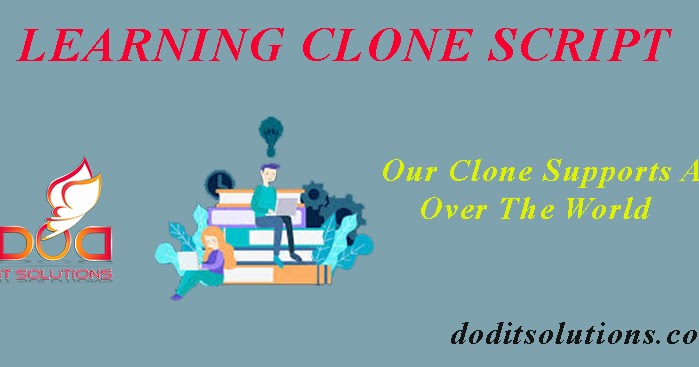

The use of the term "PC clone" to describe IBM PC compatible computers fell out of use in the 1990s the class of machines it now describes are simply called PCs, but the early use of the term "clone" usually implied a higher level of compatibility with the original IBM PC than "PC-Compatible", with (often Taiwanese) clones of the original circuit (and possibly ROMs) the most compatible (in terms of software they would run and hardware tests they would pass), while "legitimate" new designs such as the Sanyo MBC-550 and Data General One, while not infringing on copyrights and adding innovations, tended to fail some compatibility tests strongly dependent upon detailed hardware compatibility (such as ability to run Microsoft Flight Simulator, or any software that bypassed the standard software interrupts and directly accessed hardware at the expected pre-defined locations, or-in the case of the MBC-550 for example-wrote diskettes which could not be directly interchanged with standard IBM PCs). The result was a machine with similar performance and lower price than the machines cloned. Because most of the components, except the PC's BIOS, were publicly available, all Compaq had to do was reverse-engineer the BIOS. When IBM announced the IBM PC in 1981, other companies such as Compaq decided to offer clones of the PC as a legal reimplementation from the PC's documentation or reverse engineering. This unit plays both NES and SNES cartridges.

KCR hits out at 'bulldozer justice' of BJP.HC junks T'gana's claim on 26-acre Khanamet land.Here's why you must upgrade to Sony BRAVIA XR OLED.ADVT: How to build yourself a vital savings pool.Take this IIML course to excel in HR management.K Laxman's rise part of BJP's 'Mission T'gana 2023'.Hyderabad: Clarity on permitting film shoots by Aug 25.Goa drug peddler held, has 160 customers from Hyd.Hyd student scales two European peaks in 24 hours.Godavari in danger zone, people moved to camps.In the light of the damage cause by the tsunami, we would like to once again work with the ASI and collect the blood samples of the remaining Andamanese tribes," Lalji Singh said. "We are concerned about the future of these tribes.

Similarly, CCMB was not allowed or was unable to collect blood samples of the Shompens, a highly endangered tribe, and the Sentinelese, who are known to be hostile to outsiders. Without the blood samples, the CCMB does not have a gene bank of the Jarawas. So it could collect only their buccal (the mouth cavity) smears. The CCMB was not allowed to draw blood samples of the Jarawas, whose numbers are down to just 266. Though the project had the permission of the government of India, and the Council of Scientific and Industrial Research (CSIR) funded the project, the local authorities did not cooperate much in the project. CCMB and ASI undertook the project to study the primitive tribes of the Andamans and develop a gene bank. While CCMB is confident about the Onges and the Great Andamanese, it is not so sure about three other tribes from the Andamans, the Jarawas, Sentinelese and Shompens. It was during this period that genetic samples of the Great Andamanese, a highly endangered tribe, were taken. The mission to collect genetic data and blood samples of the vanishing tribes of the Andaman and Nicobar islands was undertaken five years ago by CCMB, in association with the Anthropological Survey of India. However, cloning of human beings is not legal. "We can use a surrogate mother from a closely related tribe to clone the Onges," Dr Singh told The Times of India. Centre for Cellular and Molecular Biology (CCMB) director Lalji Singh says his staff can clone the Onges from the blood and DNA samples of the tribe collected by the centre in recent years. HYDERABAD: The Boxing Day tsunami threatened to wipe out the Onges, with a population of just 100 in the Andaman and Nicobar islands, but even if it had done so, cloning technology could have retrieved the semi-nomadic tribe from extinction.


 0 kommentar(er)
0 kommentar(er)
